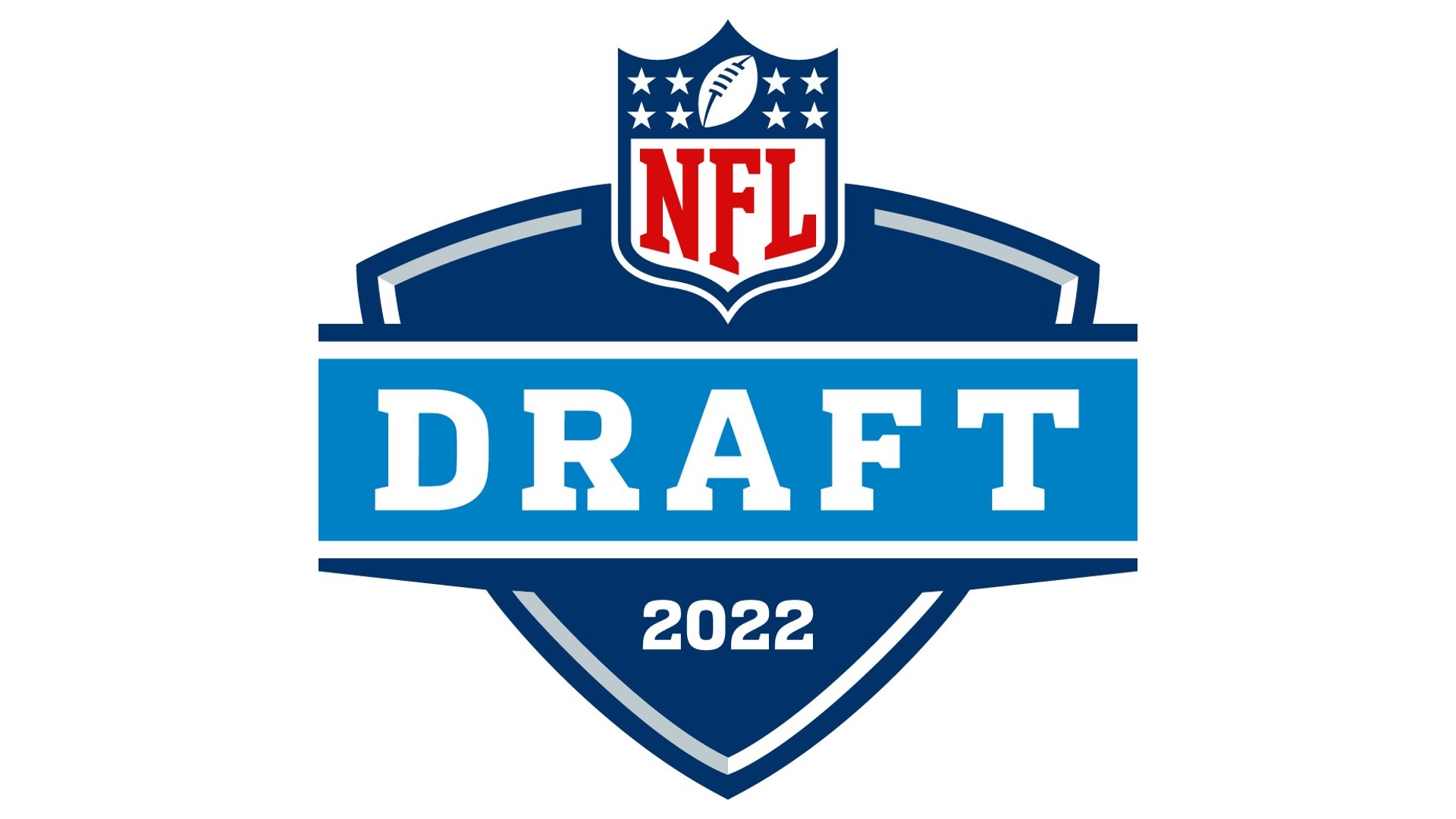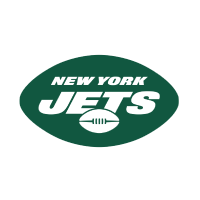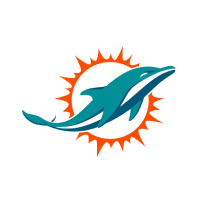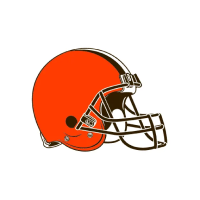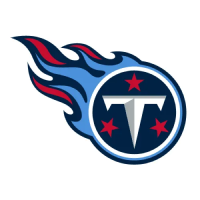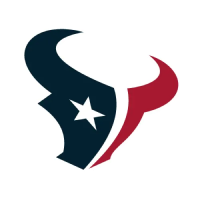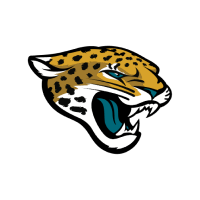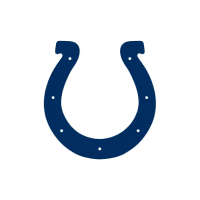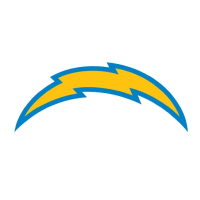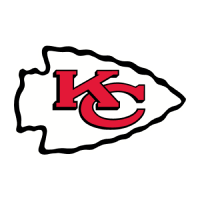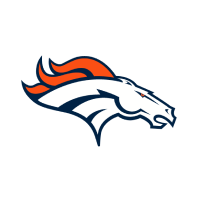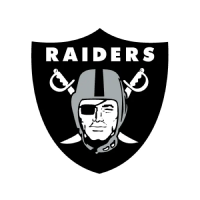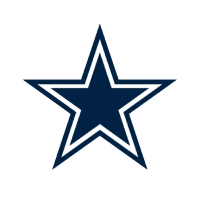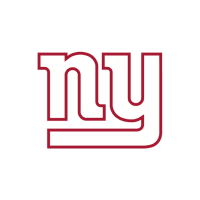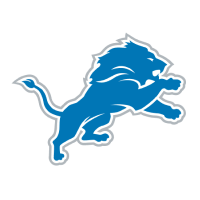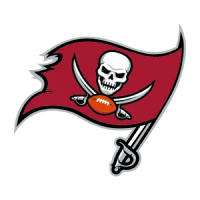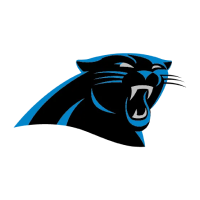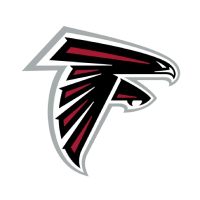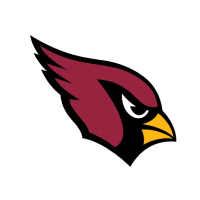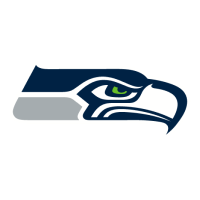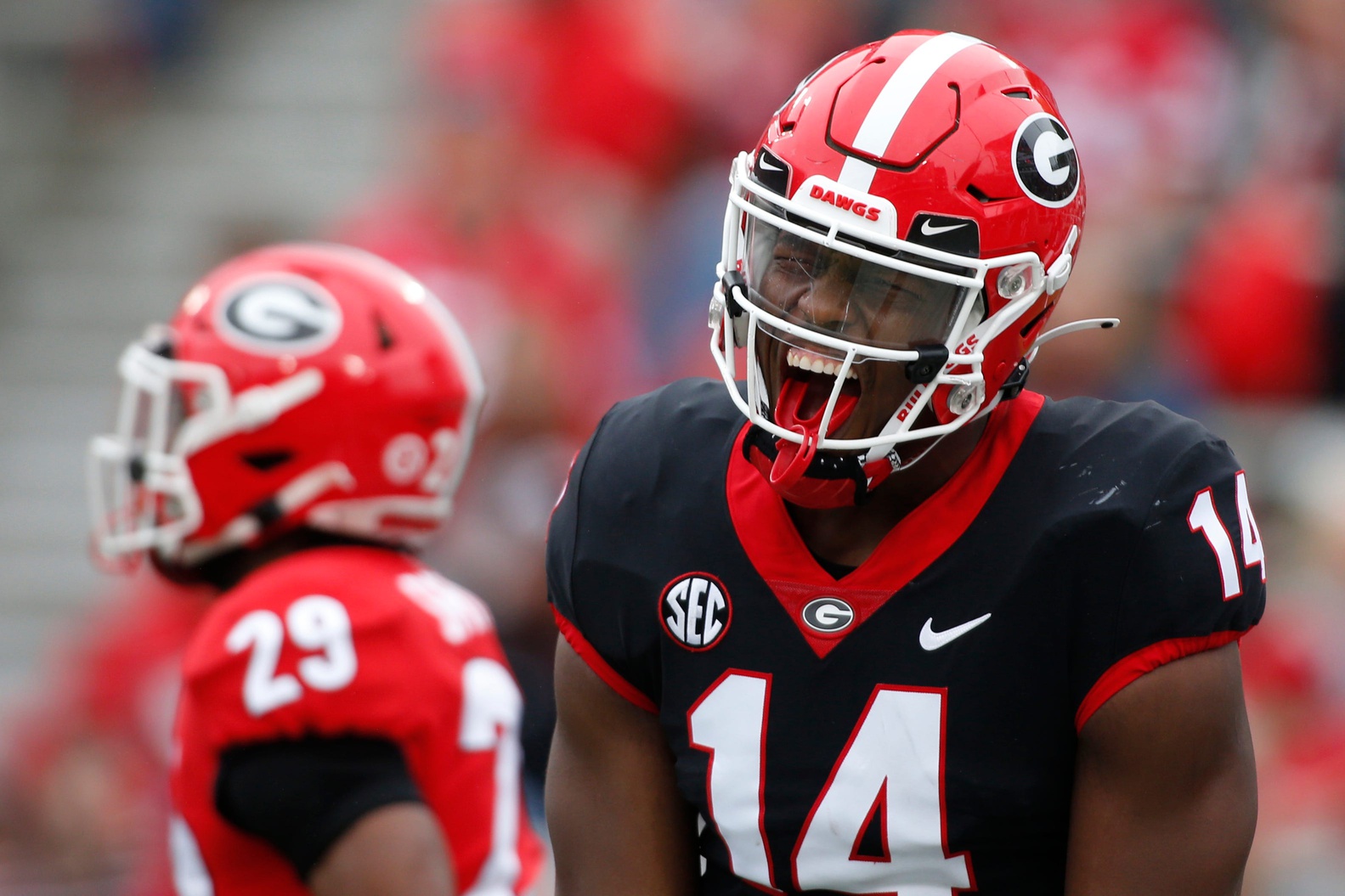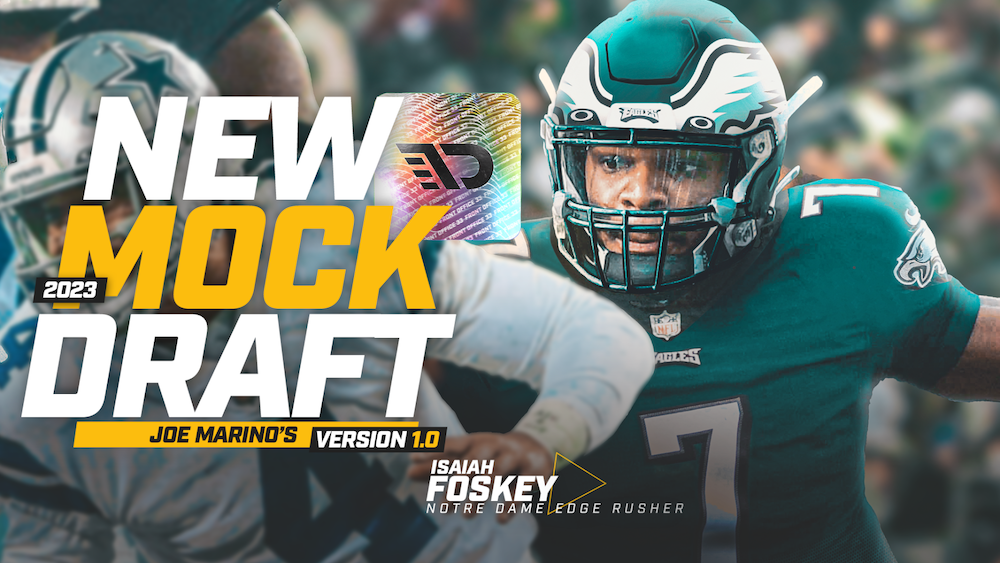The 2021 Contextualized Quarterbacking portfolio has been released for TDN Premium subscribers, bringing a ton of interesting data and perspectives to the rising 2021 class of quarterbacks. The nice thing about the data is that it helps us answer narratives, like Justin Fields’ first-read reliance or Mac Jones’ supporting cast. It also helps us answer narratives that don’t exist: like the complete lack of discussion surrounding Trevor Lawrence’s offense and how it affects his evaluation.
We’ve never seen a quarterback run an offense like Lawrence’s that has been so plainly ignored as Lawrence’s has. Lawrence’s legend, written on the day he first stepped foot on a college field and never edited or revised, has ensured that he elevates beyond such criticism. Of course, this is true on both sides of the coin: Lawrence’s offensive line struggled this year, and his pass-catching corps was pretty thin and inexperienced. Nobody really talks about that, either.
Of course, it’s not to Lawrence’s detriment that he played in such an offense. Coordinators and coaches shouldn’t just make an offense more difficult because they have elite talent and can get away with it. (Looking at you, Ohio State.) Tony Elliott and the offensive staff at Clemson built a simple approach that took advantage of Lawrence’s legs, as well as his accuracy and arm talent, to always make numbers wrong and win in space.
But that approach is, at least anecdotally, “QB-proof.” It takes skills to run it, but relative to the buzzy NFL ideas that every draft cycle harps on, Lawrence doesn’t have much exposure.
Take throws beyond the first read, for example. Lawrence has attempted a solid number relative to the rest of the class, with 16% of his attempts coming beyond his first look—but in that process, only completed 43.4% of those passes.
| Attempt Share | Completion % | Accuracy | Placement | |
|---|---|---|---|---|
| Justin Fields | 19.09% | 69.05% | .881 | .724 |
| Trevor Lawrence | 16.99% | 43.40% | .842 | .709 |
| Trey Lance | 16.61% | 64.71% | .885 | .516 |
| Kellen Mond | 16.55% | 52.08% | .617 | .498 |
| Sam Ehlinger | 14.37% | 47.13% | .601 | .442 |
| Zach Wilson | 14.20% | 59.57% | .851 | .686 |
| Kyle Trask | 13.95% | 40.68% | .792 | .462 |
| Davis Mills | 12.18% | 56.76% | .764 | .519 |
| Jamie Newman | 10.76% | 38.24% | .687 | .473 |
| Mac Jones | 9.72% | 31.58% | .526 | .197 |
Lawrence was pretty unaccustomed to coming off of his first read in college, as most ACC defenses couldn’t cover Clemson well enough to discourage him from those attempts. As such, there are instances both of Lawrence bird-dogging his first read and forcing throws into contested windows; and of Lawrence bird-dogging his first read, only to come off it late and hit check-downs for nominal gains or throw up a prayer on a backside route. Against the top defenses that Clemson perennially saw in the postseason, Lawrence was more likely to deal with these issues, as his opponents had more success taking away his primary look, forcing either a tough throw or a late throw.
https://youtu.be/NQ7nLe95owE
The nature of Lawrence’s reads are almost as important as the fact that he struggled beyond them. Lawrence enjoyed a heavy dose of RPO looks on early downs, as opposed to a player like Kellen Mond, who targeted his first read with the same regularity as Lawrence, but did so with less than 10% of his dropbacks on RPOs—Lawrence was a leader in the class with 28% of his passing attempts on such dropbacks.
This makes Lawrence’s offense far more “college-y” than Mond’s, even though they were targeting their first read at similar rates. Lawrence had the ability to get out of a bad passing look by handing the ball off; Mond didn’t.
The good news is that the league has long been incorporating these ideas into offenses at the pro level—and as they have, our understanding of evaluating those players has changed. With every passing year, the concern around RPO offenses, and the NFL quarterback prospects inside of them, changes. We can find the traits and project them.
But Lawrence doesn’t get discussed like a traitsy project. He gets discussed as pro-ready, as generational, as Andrew Luck-ian.
While Lawrence’s college offense is not a reason for legitimate concern for his traits—he’s still quite accurate, a dynamic thrower, dangerous in space, impervious to pressure, precise hitting tight windows—it is a legitimate concern for his transition. Lawrence will be selected by the Jacksonville Jaguars on Day 1 of the 2021 NFL Draft, and when that happens, his offensive coordinator will suddenly become Darrell Bevell, an NFL coach for the last two decades. His quarterbacks coach will become Brian Schottenheimer, an NFL coach for the same period.
That’s a pro offense for a very college quarterback. Lawrence will start taking dropbacks from under center, executing more “full-field reads” that require decisions post-snap that he’s unaccustomed to making. There’s nothing on his film to suggest that he can’t do this, and do it well—but unlike a player like Fields or BYU’s Zach Wilson, he hasn’t had an opportunity to display comfort with an NFL menu. That creates uncertainty, and uncertainty in evaluations is a scary thing.
There is no reason to move off of Lawrence as the top quarterback of this class, but asking why his process hasn’t included an honest discussion of his system—as many other quarterbacks have endured, and others still in this class are wrongfully enduring—is an important question.
Lawrence was crowned early in his career, and that crowning has left him immune to the necessary scrutiny of the draft process. He remains a stunning prospect, but a prospect with doubts and flaws nonetheless, and his year-one projection needs temperance accordingly. Just because he’s the prince that was promised doesn’t mean he’ll never encounter a bump in the road.
Filed In
Related Articles
NFL Draft
Arik Gilbert Doesn’t Need Big Workload To Be A Top NFL Draft Pick
- Aug 22, 2022
NFL Draft
2023 NFL Mock Draft: Marino 1.0
- Aug 22, 2022
Written By
